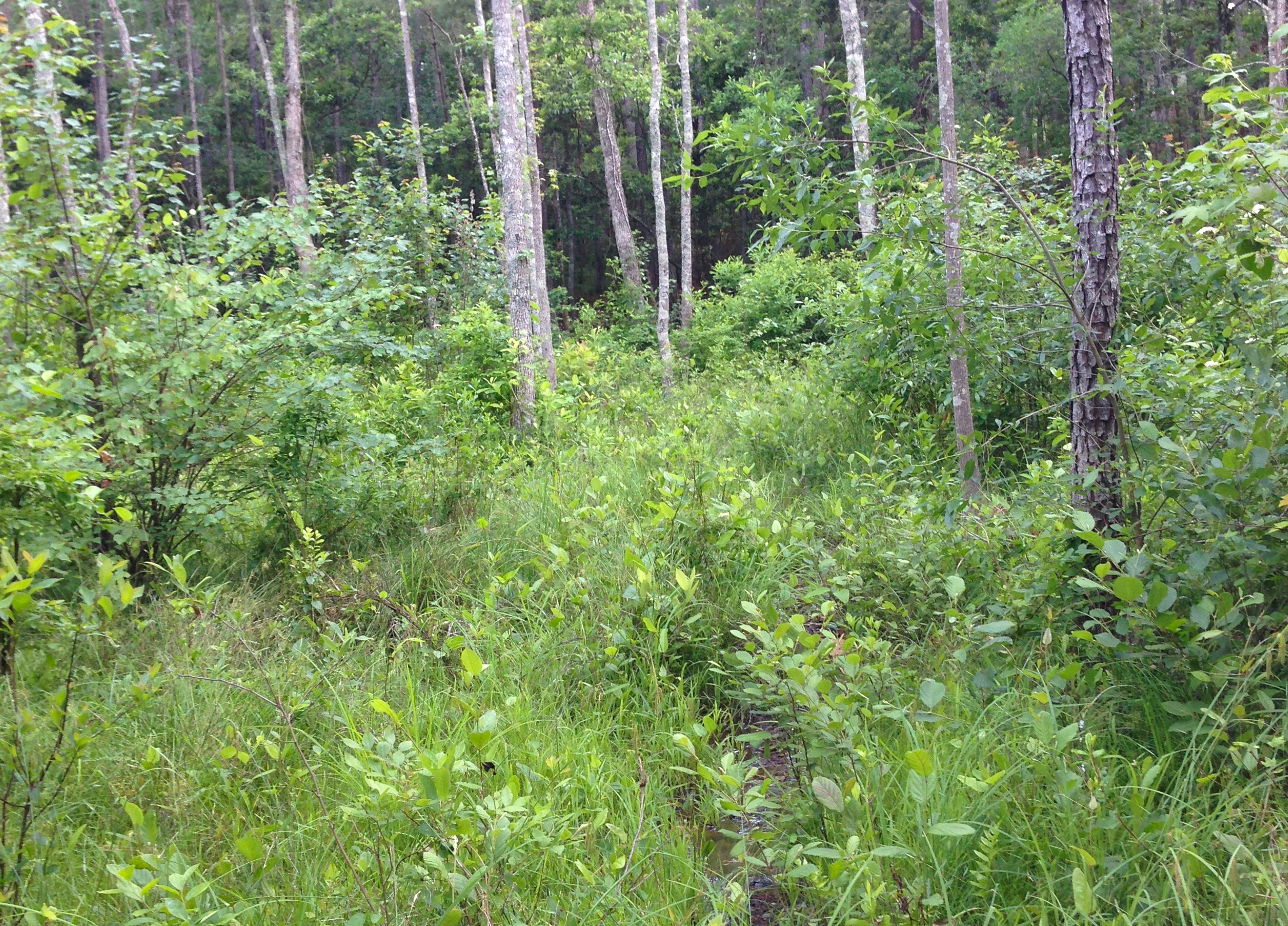

Mechanical Surrogates for Prescribed Fire
Bartram’s Scrub-Hairstreaks are threatened by habitat loss both through development and lack of fire. They occur in pine rocklands in south Florida and depend on fires to maintain populations of their food plant, pineland croton. Pine rockland is one of the rarest forested ecosystems on the planet and was the first habitat to be developed by Europeans in south Florida because it did not have to be drained. Bartram’s Scrub-Hairstreaks are now only found in the few pine rockland fragments that are still frequently burned, primarily in Everglades National Park, a few Miami-Dade County natural areas, and the National Key Deer Refuge in the lower Florida Keys.
It can be hard to burn small pine rockland fragments, therefore, our research has focused on testing the effectiveness of alternative management actions such as mechanical understory removal. We have found that mechanical methods are better than no action but cannot totally replace fires. What remains unknown, and is the target of our current research, is how frequently the habitat needs to be disturbed to maintain populations of butterflies and their hostplants.


Being Beavers
Limited in distribution to Ft. Bragg, North Carolina, St. Francis’ Satyr (Neonympha mitchellii francisci) is one of the rarest butterflies in the US. Its populations have been reduced by habitat loss, particularly by loss of wetland openings along streams where the butterflies persist. These wetlands are maintained by disturbance, mainly caused by beavers that create and then abandon ponds. Fire can also set back succession in these wetlands.
Our current effort with St. Francis’ Satyr is focused on restoration to simulate the effects of natural disturbances caused by beaver and fire. We have become most successful in mimicking the effects of beaver by damming wetlands and removing trees. Our longer-term goals are to make disturbance management more sustainable. To do so, we need to determine the spatial structure of the butterfly’s population, and in particular the role of riparian corridors in promoting dispersal between sites.